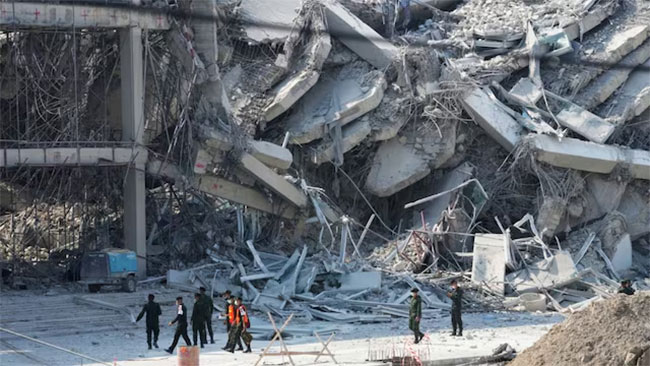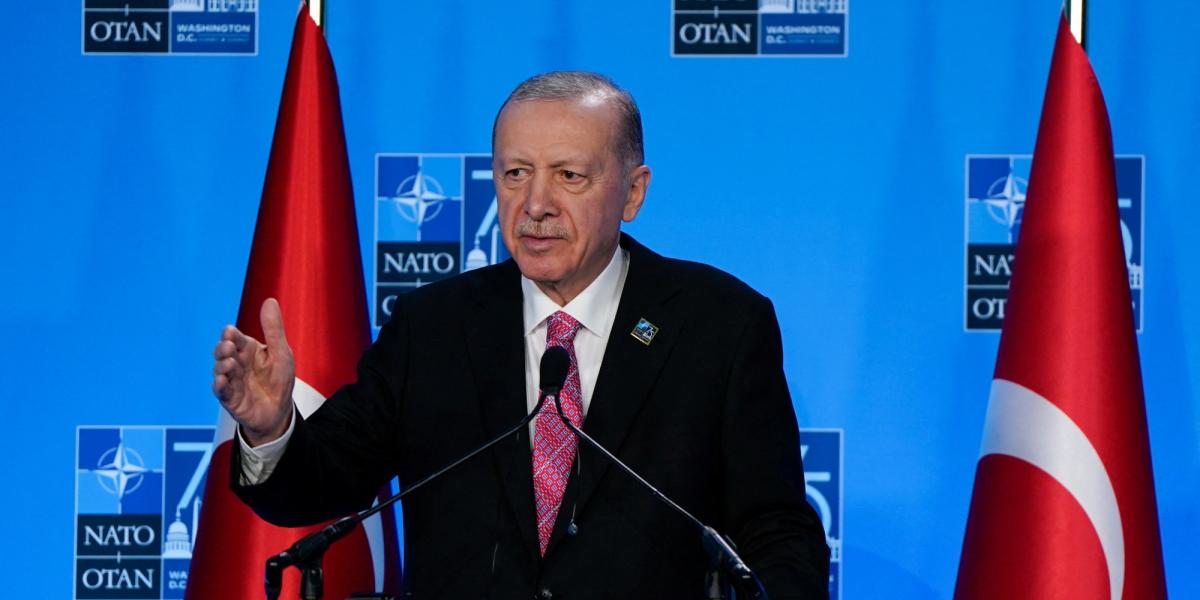Devastation in Myanmar: Earthquake Impact Analysis
A harrowing 7.7 magnitude earthquake struck Myanmar, causing widespread devastation and exacerbating an existing humanitarian crisis. As rescue efforts continue, the world watches closely.
Published March 31, 2025 - 00:03am

Image recovered from adaderana.lk
A devastating earthquake of magnitude 7.7 hit Myanmar on Friday, centered near the city of Mandalay, causing catastrophic damage and a staggering loss of life. Reports indicate that at least 1,002 people have perished, with 2,376 more injured, although the numbers are expected to increase as rescuers continue their search through the wreckage.
This natural disaster struck a country already embroiled in a dire humanitarian situation due to ongoing civil conflict. The Myanmar military, led by General Min Aung Hlaing, has expressed concerns about the rising death toll and the complexity of executing timely rescue missions given the political turmoil. The general noted, at least 30 people are still unaccounted for as search teams carefully navigate the debris of collapsed structures.
While Myanmar is no stranger to seismic activity, this earthquake's magnitude and resultant destruction have been unparalleled in the country's recent history. The quake's epicenter was located just 16 kilometers northwest of Mandalay. The impact was felt across neighboring countries, causing significant damages in places like Thailand, where a high-rise structure near Bangkok's Chatuchak market collapsed, killing six people and injuring many others. Bangkok Governor Chadchart Sittipunt confirmed that over 100 individuals were feared trapped beneath the rubble.
In response to the widespread crisis, Myanmar's military government declared an emergency in the worst-hit areas and made a rare appeal for international assistance. The United Nations has swiftly responded by dispatching $5 million in aid and promising further support amid rising demands for medical necessities and shelter for displaced citizens. Min Aung Hlaing emphasized Myanmar's openness to receiving foreign aid as the nation grapples with this dual crisis of natural and manmade obstacles.
A similar resonance was felt in China, where the northeastern provinces of Yunnan and Sichuan reported damages and injuries. Rescue workers in Ruili city, near Myanmar's border, were documented clearing obstructed roads and providing medical care to affected individuals.
The infrastructure of Myanmar has also suffered severely, with the collapse of structures such as the Irrawaddy River bridge that connected Mandalay to Sikaing. Video footage has revealed dramatic scenes of the bridge's sections collapsing, highlighting the severe infrastructural vulnerabilities magnified by the earthquake.
In the wake of these traumatic events, international communities have rallied together, expressing condolences and offering supportive resources. India's Prime Minister Narendra Modi extended his nation's readiness to contribute to relief efforts in Myanmar and its affected neighbors, showcasing a global commitment to mitigating the catastrophe's aftermath.
The severe impact of this earthquake is further exacerbated by Myanmar's underdeveloped healthcare and emergency response systems, leaving many areas struggling to cope with the immense demands for urgent medical care and shelter. As the international community gears up to assist, it remains crucial that aid and resources are distributed efficiently to those in dire need.
While Myanmar recovers, the earthquake underscores a significant call to review and enhance preparedness and response strategies for nations prone to natural calamities. The continued international focus and collective efforts are indispensable in ensuring efficient relief measures and rebuilding initiatives in the quake's aftermath.
As countries neighboring Myanmar also assess the earthquake's collateral damage, they join in supporting the stricken nation during this unprecedented time. The road to recovery seems arduous, but with concerted global support and cooperation, healing and rebuilding efforts can be successfully realized across the affected regions.






